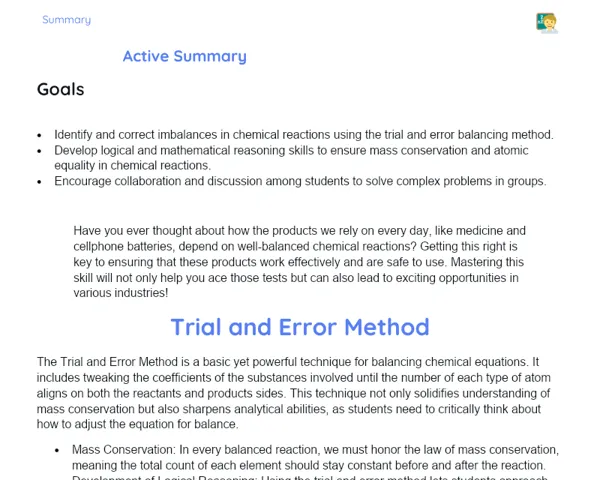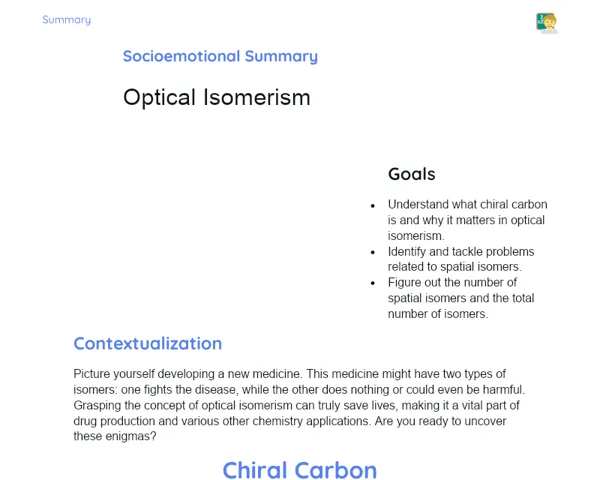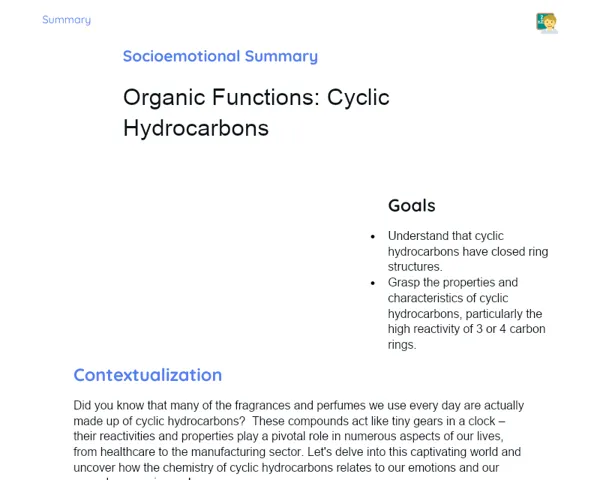Once upon a time, in a small and captivating digital school called 'Virtual Chemistry Academy', a team of inquisitive students embarked on an exciting journey to uncover the mysteries surrounding colligative properties. In this virtual realm, chemistry sprang to life on the screens of computers and smartphones, where atoms danced and chemical formulas turned into epic escapades.
It all started one bright morning when the students received an intriguing message from their mentor, Professor Dalton, the wise guardian of chemical wisdom. This digital scroll revealed to them that they would need to tackle a series of engaging challenges to understand and apply colligative properties, such as freezing point depression, boiling point elevation, and vapor pressure. The group's curiosity and enthusiasm soared, and soon they were all set for this adventure.
First up, the students were divided into teams and transformed into digital influencer groups, each given the task of crafting a series of Instagram stories that creatively explained how colligative properties manifest in daily life. Using memes, gifs, and short videos, they made the content both visually appealing and educational. The class discovered how adding salt to water alters the boiling point, making pasta cook faster, and that salt also helps snow and ice melt more quickly on roads. Each post sparked a flurry of engagement, and the students cheered in delight as they realised that learning could indeed be fun and dynamic.
Next, the teams hopped into the 'Virtual Lab', a gamification platform where they engaged in the 'Chemical Mission'. In this interactive game, the students faced tough problems concerning colligative properties in order to progress through various game levels. Equipped with their smartphones and computers, they collaborated, brainstormed, and cracked the puzzles together. The competition was intense, yet the learning experience proved to be even more gratifying. They worked through riddles about freezing point depression and boiling point elevation, marking each resolve with the enthusiasm of genuine scientists.
But the adventures didn’t end there. The following challenge whisked the students away to an exciting WebQuest, where they scoured the vast cosmos of the internet for answers to essential questions about colligative properties. Moving beyond scientific articles and educational videos, they explored discussion forums and academic reports to compile their findings and solve practical problems. Throughout this quest, they unveiled secrets about vapor pressure, comparing solutions and pure solvents, and applied this knowledge to hypothetical situations from the real world. Each new finding felt like uncovering hidden treasure, further igniting the students' passion for chemistry.
As their journey drew to a close, the students gathered together for a large virtual meeting to share their discoveries and experiences. Each group showcased their stories, challenges, and solutions, discussing how colligative properties are reflected in everyday life. They conducted a 360° feedback session, reflecting on their engagement and receiving constructive insights from their peers. The class ended with a quick review of the key concepts, highlighting colligative properties as the 'special effects' of solutions, illustrating just how science interweaves with our daily lives, even in the most commonplace interactions on social media.
And so, in the 'Virtual Chemistry Academy', through innovation, collaboration, and technology, the students not only solved chemistry problems but also learned to view the world with scientific curiosity. And they lived happily ever after, ready to tackle any chemical challenge that came their way in their digital journeys.



